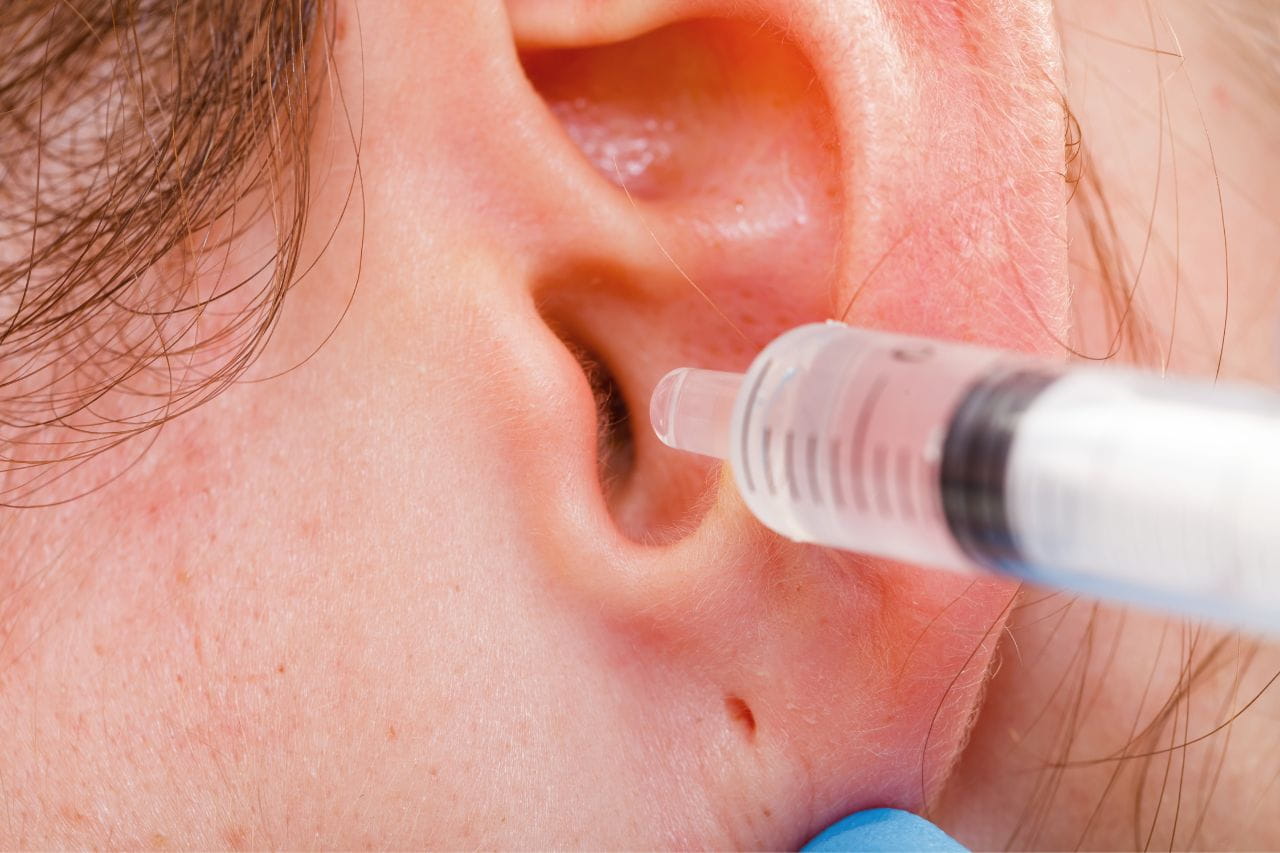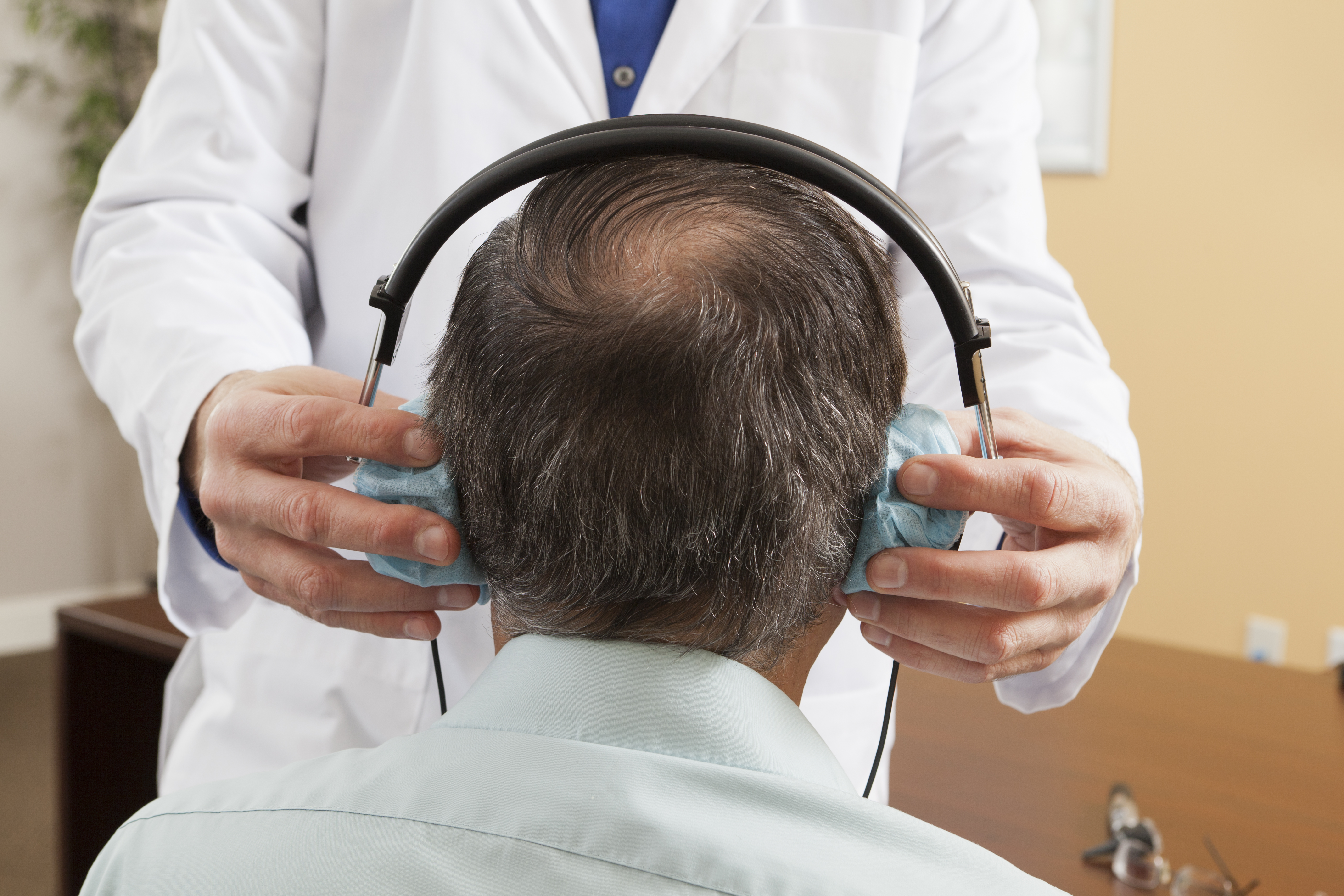Why Does Hair Grow in Ears?
.jpg?rev=653e41654a284a4d9ba5fdb1a3c2d727)
Hair growing on or in the outer ear (the visible portion of the ear) is called auricular hypertrichosis. It doesn’t affect your hearing and serves the purpose of keeping debris out of your ears. Still, ear hair might make you feel self-conscious about your appearance.
This article provides an overview of ear hair, including its causes and types, and discusses how to remove it.
Types of Ear Hair
There are two main types of ear hair. Vellus hair is fine “peach fuzz” on the ears. It’s colorless and typically lies flat against the skin. You can find vellus hair on the ears and in other places on the body. With auricular hypertrichosis, it becomes more abundant on the ears, including the earlobes.
Terminal hair is stiff and dark in color. It is usually upright, standing out from the skin. It often grows in and around the ear canal.
What Causes Hairy Ears?
Hairy ears, in general, and increased hair with age primarily occur in men. Unfortunately, the answer to what is probably the top question they ask about hairy ears (Why are my ears getting hairier?) is that experts aren’t entirely sure. Some believe that changes in testosterone sensitivity drive the increase in hair growth.
When boys go through puberty, their bodies start to make more male hormones called androgens, including testosterone. Increased testosterone causes the development of terminal hair in new places, including faces, armpits, chest, etc.
As men get older, the speculation is that the hair follicles in their noses and ears, which already produce terminal hairs, become more sensitive to testosterone and start producing more hair. Other than potentially increasing the risk of swimmer’s ear due to water being trapped in the ear canal, the increase in hair growth is mainly a cosmetic problem.
How Are Hairy Ears Treated?
There’s no way to prevent ear hair from growing. Treatment for hairy ears centers around removing unwanted hair. There are two main approaches:
- Depilation is removing hairs down to the skin level. You can do that by shaving your ears or using chemical depilatories that break down the keratin structure of hairs, allowing you to wipe them away.
- Epilation involves removing hair shafts and roots. Plucking ear hairs is one epilation method. Others include waxing, sugaring and threading, which use various materials that adhere to hairs and pull them out. Other epilation techniques leverage lasers, intense pulsed light (IPL) systems or photodynamic therapy to destroy hair follicles.
Be aware that, regardless of the hair removal technique you use, ear hair will eventually return, so you’ll need to repeat treatments periodically to keep your ears hair-free.
Ear Hair As a Sign of Illness
Studies suggest that excessive ear hair might be a symptom of human immunodeficiency virus (HIV). If you notice a significant increase in ear hair, it’s a good idea to mention it to your healthcare provider.
If you don’t have a Baptist Health provider, you can find one in our online directory.
Next Steps and Helpful Resources
Learn More About Audiology Care at Baptist Health
What Are Audiologists?
Tinnitus & Anxiety
Ear Wax Removal: When to See a Doctor
What Causes Ear Infections?



